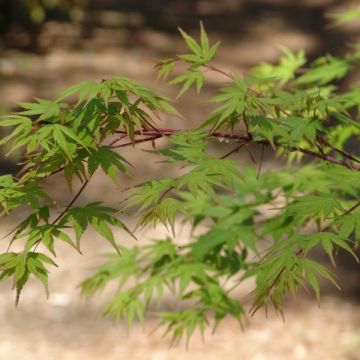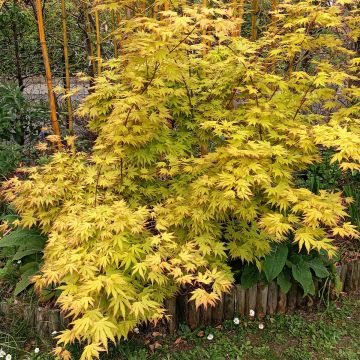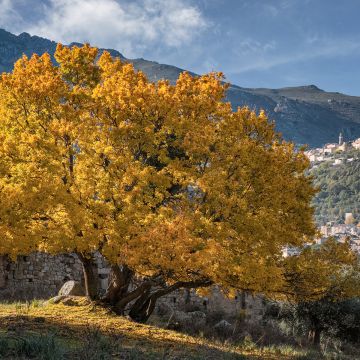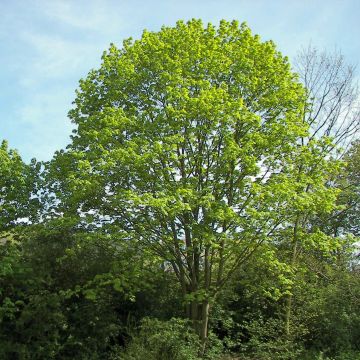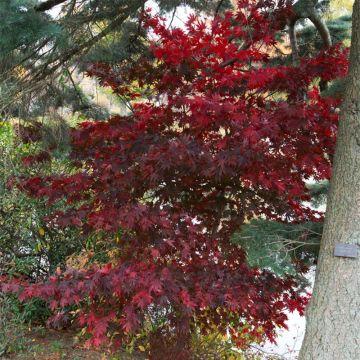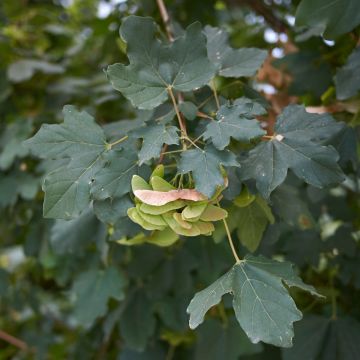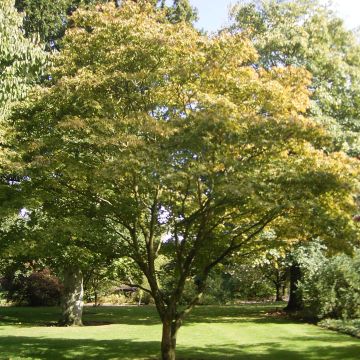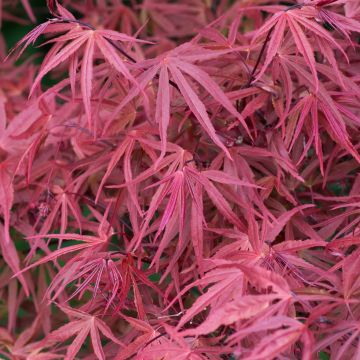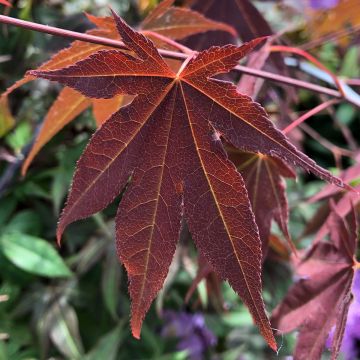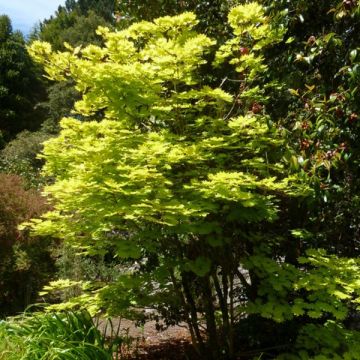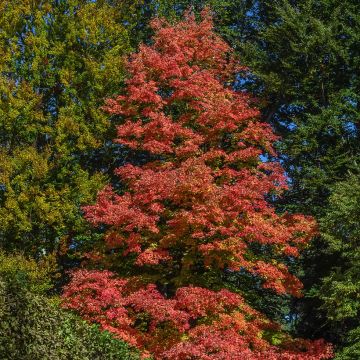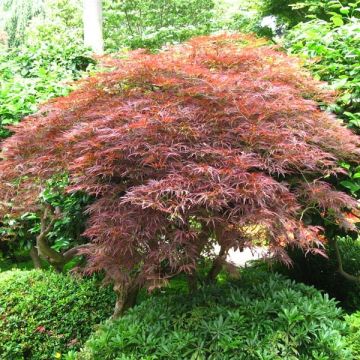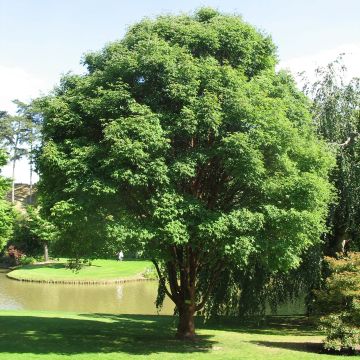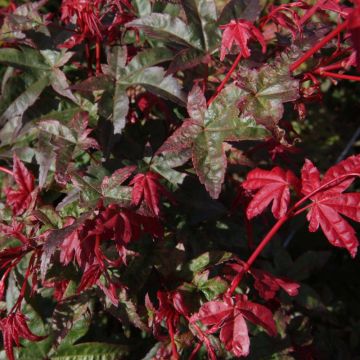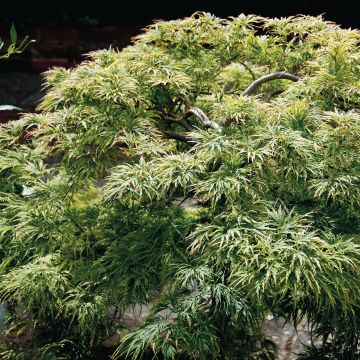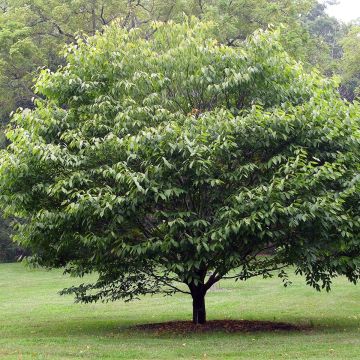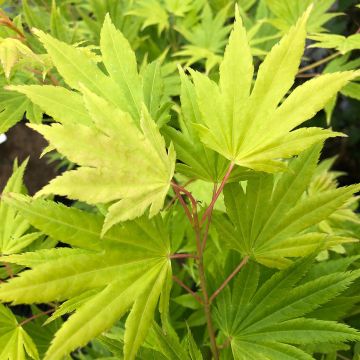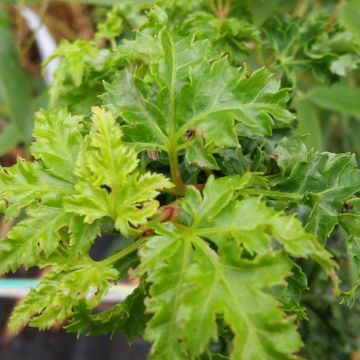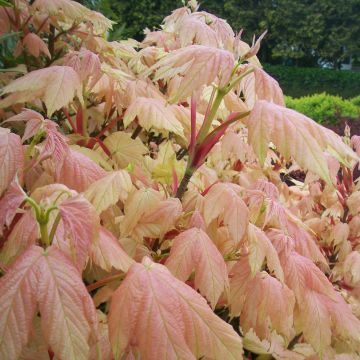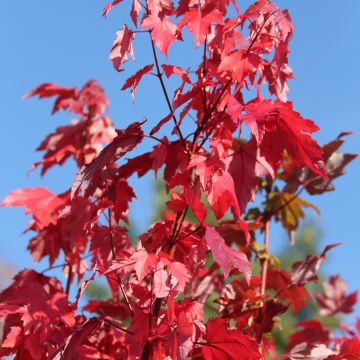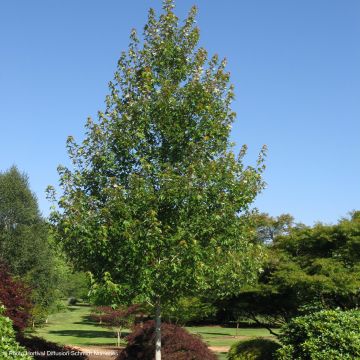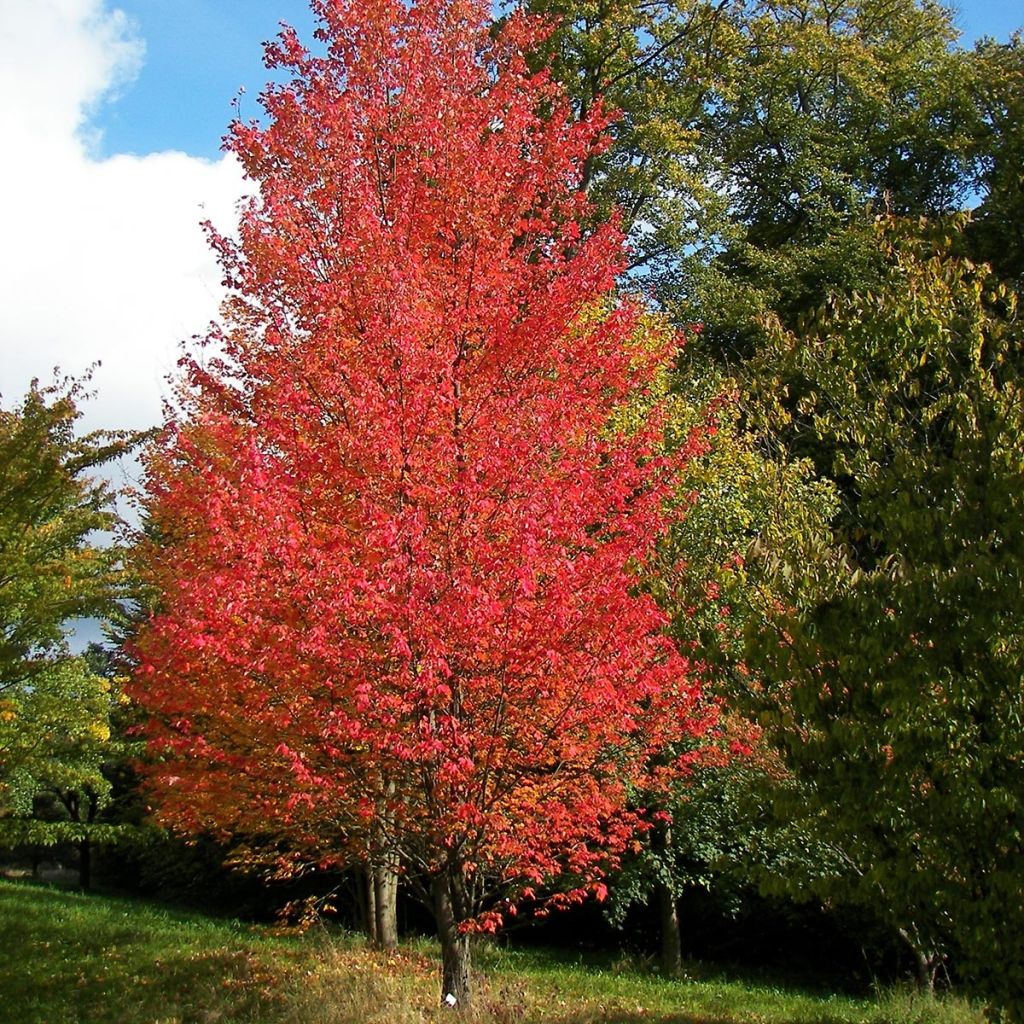

Acer rubrum Armstrong - Maple
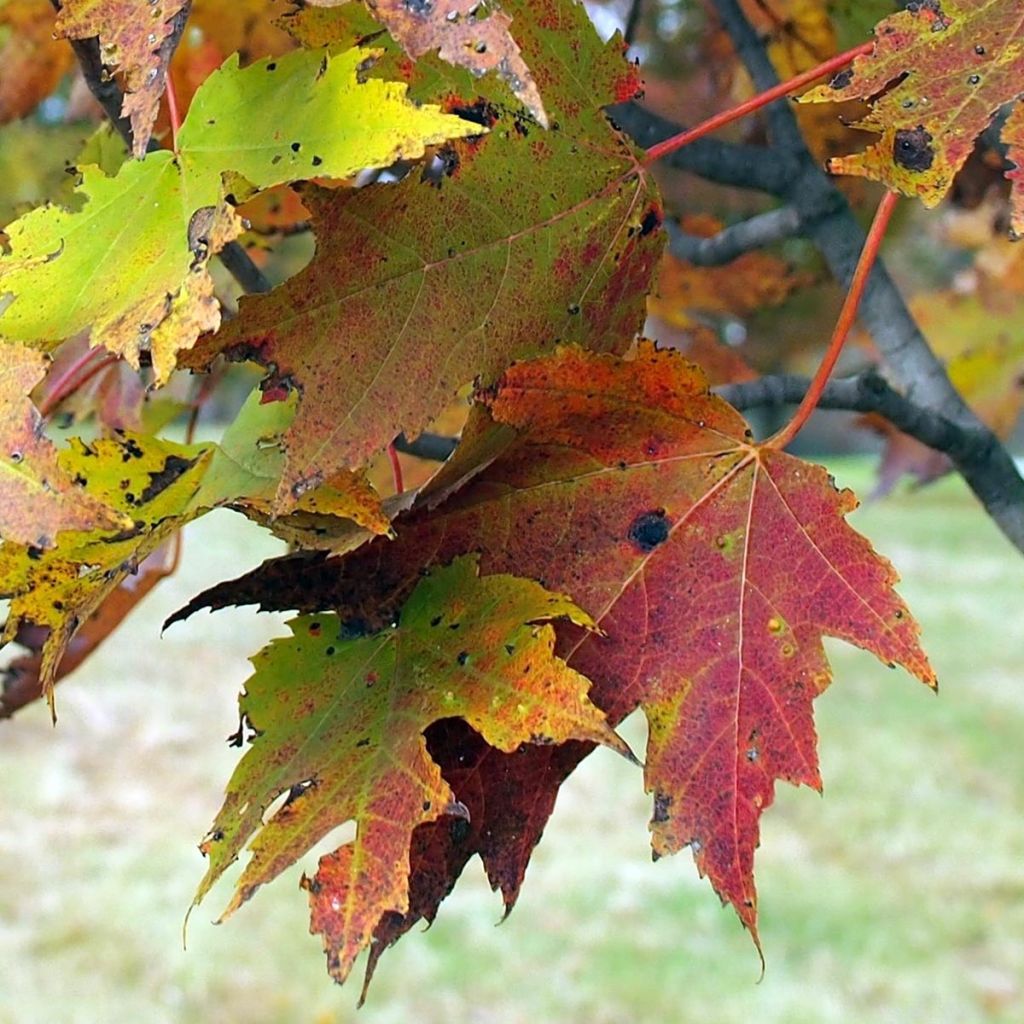

Acer rubrum Armstrong - Maple
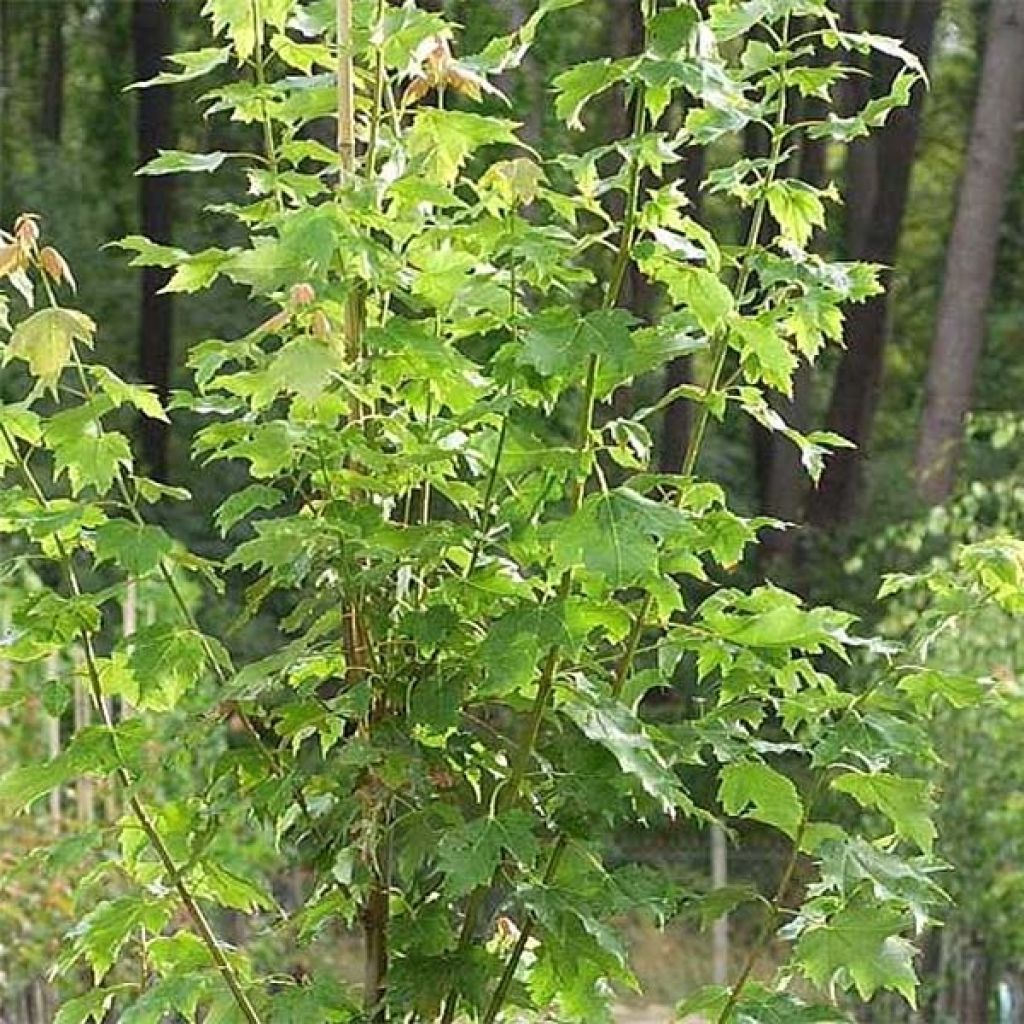

Acer rubrum Armstrong - Maple
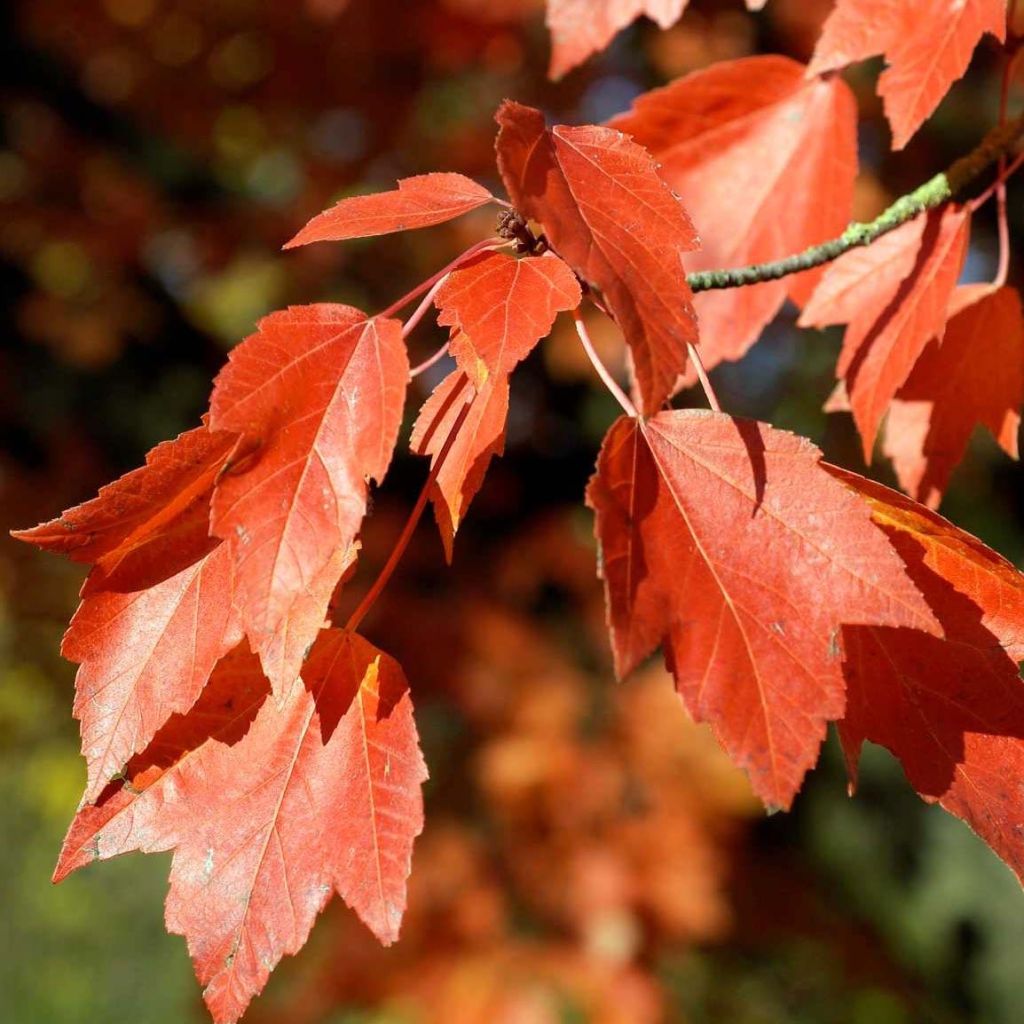

Acer rubrum Armstrong - Maple
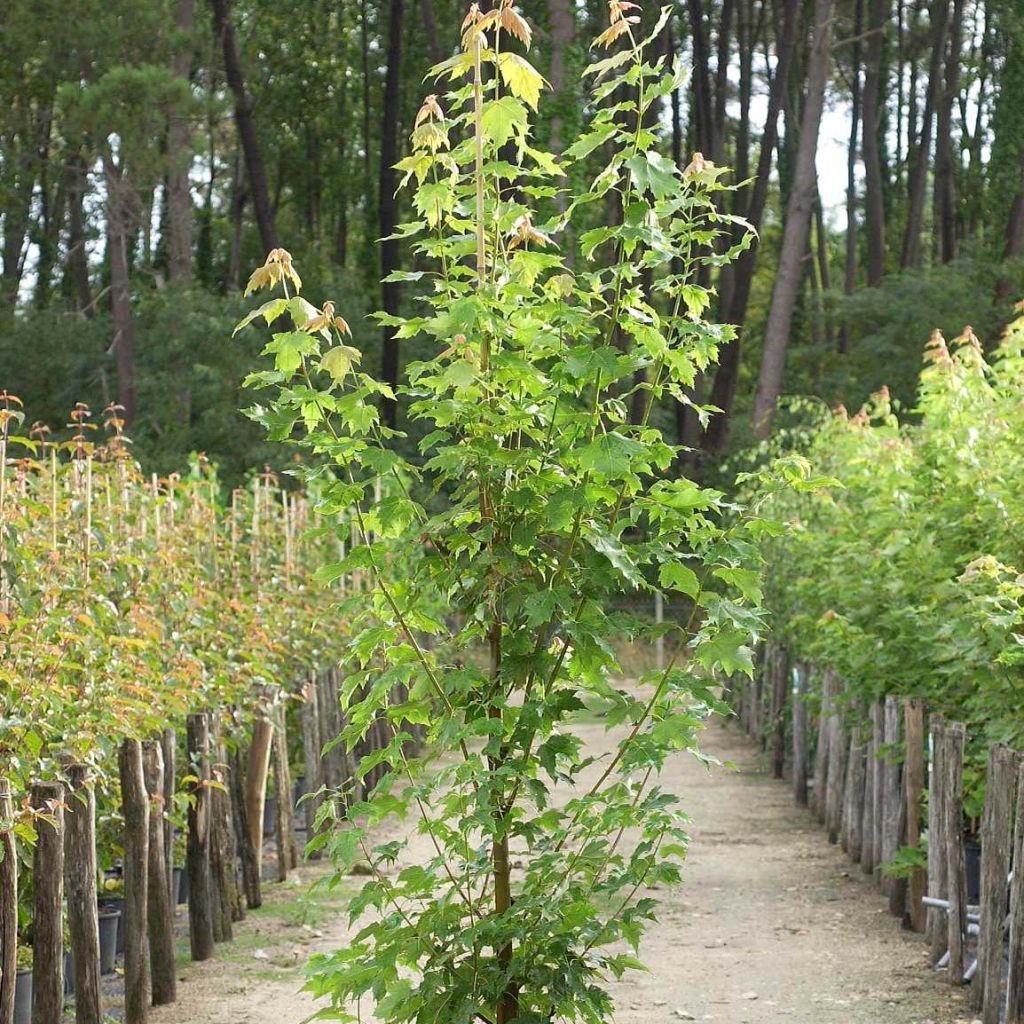

Acer rubrum Armstrong - Maple
Acer rubrum Armstrong - Maple
Acer rubrum Armstrong
Canadian Maple, Red Maple, Virginia Maple
Why not try an alternative variety in stock?
View all →This plant carries a 24 months recovery warranty
More information
We guarantee the quality of our plants for a full growing cycle, and will replace at our expense any plant that fails to recover under normal climatic and planting conditions.
Oversize package: home delivery by special carrier from €6.90 per order..
Express home delivery from €8.90.
Delivery to Corse prohibited: UE law prohibits the import of this plant from mainland France to Corse as part of the fight against Xylella fastidiosa. Please accept our sincere apologies.
More information
Does this plant fit my garden?
Set up your Plantfit profile →
Description
The Acer rubrum 'Armstrong' is a beautiful deciduous tree with a narrow, fastigiate habit, brilliant and spectacular orange-red autumn foliage! Its columnar shape is suitable for all sizes of gardens. From spring, it has flowers in small red corymbs, which are not very interesting but herald the arrival of its lobed foliage in the form of young red shoots. Its leaves turn glossy green in summer and then yellow and brilliant orange-red in autumn. Fast growing, it is an excellent tree to grow as a free-standing specimen, in avenues, or in small groups on a lawn. Otherwise, use it to add a splash of colour to the landscape at the bottom of the garden. Hardy, it is suitable for sunny or semi-shaded locations in a soil that is moist, not too heavy, and lime-free. It even tolerates brief periods of flooding!
The Acer rubrum 'Armstrong' was discovered by Newton Armstrong in Scanlon, Ohio, United States in 1947. Originally classified in the red maples, it is a selection of natural hybrids between A. rubrum and A. saccharinum. It will, therefore, be increasingly marketed under the name Acer x freemanii 'Armstrong' in honor of Oliver Freeman, the first breeder to cross the two species at the National Arboretum in Washington in 1933 before these naturally occurring hybrids were discovered.
The Acer rubrum 'Armstrong' grows at a moderate rate reaching 12 m (39 in 5 ft) in height and 4 m (13 in 1 ft) in spread at maturity. It has an upright, fastigiate, columnar habit. The deciduous foliage is composed of palmate leaves, divided into 5 pointed, toothed lobes. They are borne on red petioles or stalks. When the buds burst, the young shoots are first red then green. The leaves become glossy green with a bluish underside in summer, and then in autumn, they are ablaze with sumptuous orange to red hues, like a sunset. Flowering takes place in March-April, before the leaves appear. The small, very fragrant and nectar-rich red flowers are arranged in pendulous terminal clusters, with no ornamental interest. This variety does not produce fruits. The bark of the branches is grey to dark red. As it ages, it becomes dark grey and peels off in large flakes.
The Acer rubrum 'Armstrong' is a vigorous tree, resistant to heavy frosts. It will thrive in not too heavy, moist, and lime-free soil. Planted as a specimen or in an avenue of trees in a park or a small to large-sized garden, it will be majestic. It can also be incorporated into a loose hedge. This cultivar is very sensitive to salt and will have difficulty withstanding coastal winds.
Attention: although appetizing to animals, the leaves and fruits of the Red Maple are toxic to horses.
Report an error about the product description
Acer rubrum Armstrong - Maple in pictures
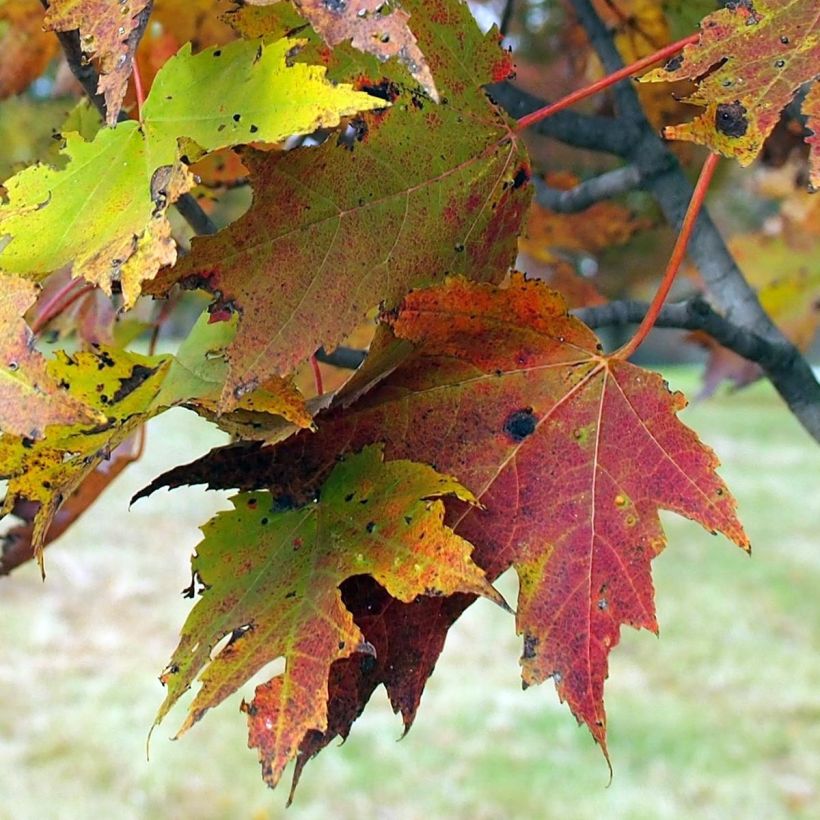

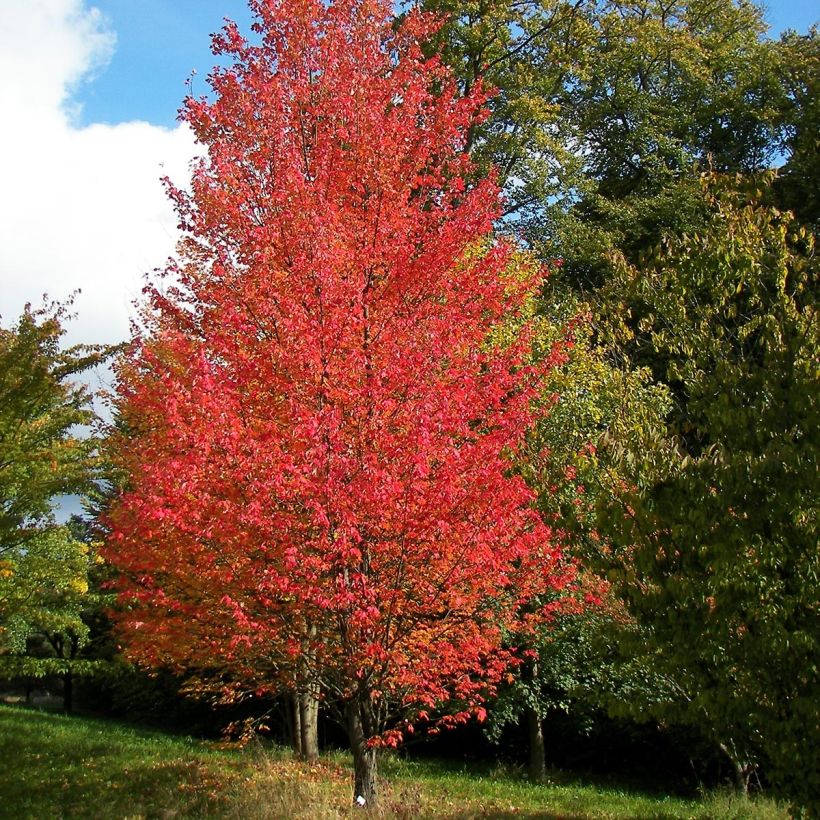

Plant habit
Flowering
Foliage
Botanical data
Acer
rubrum
Armstrong
Aceraceae
Canadian Maple, Red Maple, Virginia Maple
Cultivar or hybrid
Other Acer - Maple tree
Planting and care
The 'Armstrong' Red Maple can be planted in spring or autumn in a deep, moist soil, preferably with acid, in a sunny or partially shaded location. It is perfectly hardy. Keep the soil moist during the first two summers after planting. Mulching can help to keep the soil moist, as the climate requires. Pruning is not necessary. Remove dead wood in spring.
Planting period
Intended location
Care
-
, onOrder confirmed
Reply from on Promesse de fleurs
Haven't found what you were looking for?
Hardiness is the lowest winter temperature a plant can endure without suffering serious damage or even dying. However, hardiness is affected by location (a sheltered area, such as a patio), protection (winter cover) and soil type (hardiness is improved by well-drained soil).

Photo Sharing Terms & Conditions
In order to encourage gardeners to interact and share their experiences, Promesse de fleurs offers various media enabling content to be uploaded onto its Site - in particular via the ‘Photo sharing’ module.
The User agrees to refrain from:
- Posting any content that is illegal, prejudicial, insulting, racist, inciteful to hatred, revisionist, contrary to public decency, that infringes on privacy or on the privacy rights of third parties, in particular the publicity rights of persons and goods, intellectual property rights, or the right to privacy.
- Submitting content on behalf of a third party;
- Impersonate the identity of a third party and/or publish any personal information about a third party;
In general, the User undertakes to refrain from any unethical behaviour.
All Content (in particular text, comments, files, images, photos, videos, creative works, etc.), which may be subject to property or intellectual property rights, image or other private rights, shall remain the property of the User, subject to the limited rights granted by the terms of the licence granted by Promesse de fleurs as stated below. Users are at liberty to publish or not to publish such Content on the Site, notably via the ‘Photo Sharing’ facility, and accept that this Content shall be made public and freely accessible, notably on the Internet.
Users further acknowledge, undertake to have ,and guarantee that they hold all necessary rights and permissions to publish such material on the Site, in particular with regard to the legislation in force pertaining to any privacy, property, intellectual property, image, or contractual rights, or rights of any other nature. By publishing such Content on the Site, Users acknowledge accepting full liability as publishers of the Content within the meaning of the law, and grant Promesse de fleurs, free of charge, an inclusive, worldwide licence for the said Content for the entire duration of its publication, including all reproduction, representation, up/downloading, displaying, performing, transmission, and storage rights.
Users also grant permission for their name to be linked to the Content and accept that this link may not always be made available.
By engaging in posting material, Users consent to their Content becoming automatically accessible on the Internet, in particular on other sites and/or blogs and/or web pages of the Promesse de fleurs site, including in particular social pages and the Promesse de fleurs catalogue.
Users may secure the removal of entrusted content free of charge by issuing a simple request via our contact form.
The flowering period indicated on our website applies to countries and regions located in USDA zone 8 (France, the United Kingdom, Ireland, the Netherlands, etc.)
It will vary according to where you live:
- In zones 9 to 10 (Italy, Spain, Greece, etc.), flowering will occur about 2 to 4 weeks earlier.
- In zones 6 to 7 (Germany, Poland, Slovenia, and lower mountainous regions), flowering will be delayed by 2 to 3 weeks.
- In zone 5 (Central Europe, Scandinavia), blooming will be delayed by 3 to 5 weeks.
In temperate climates, pruning of spring-flowering shrubs (forsythia, spireas, etc.) should be done just after flowering.
Pruning of summer-flowering shrubs (Indian Lilac, Perovskia, etc.) can be done in winter or spring.
In cold regions as well as with frost-sensitive plants, avoid pruning too early when severe frosts may still occur.
The planting period indicated on our website applies to countries and regions located in USDA zone 8 (France, United Kingdom, Ireland, Netherlands).
It will vary according to where you live:
- In Mediterranean zones (Marseille, Madrid, Milan, etc.), autumn and winter are the best planting periods.
- In continental zones (Strasbourg, Munich, Vienna, etc.), delay planting by 2 to 3 weeks in spring and bring it forward by 2 to 4 weeks in autumn.
- In mountainous regions (the Alps, Pyrenees, Carpathians, etc.), it is best to plant in late spring (May-June) or late summer (August-September).
The harvesting period indicated on our website applies to countries and regions in USDA zone 8 (France, England, Ireland, the Netherlands).
In colder areas (Scandinavia, Poland, Austria...) fruit and vegetable harvests are likely to be delayed by 3-4 weeks.
In warmer areas (Italy, Spain, Greece, etc.), harvesting will probably take place earlier, depending on weather conditions.
The sowing periods indicated on our website apply to countries and regions within USDA Zone 8 (France, UK, Ireland, Netherlands).
In colder areas (Scandinavia, Poland, Austria...), delay any outdoor sowing by 3-4 weeks, or sow under glass.
In warmer climes (Italy, Spain, Greece, etc.), bring outdoor sowing forward by a few weeks.

































